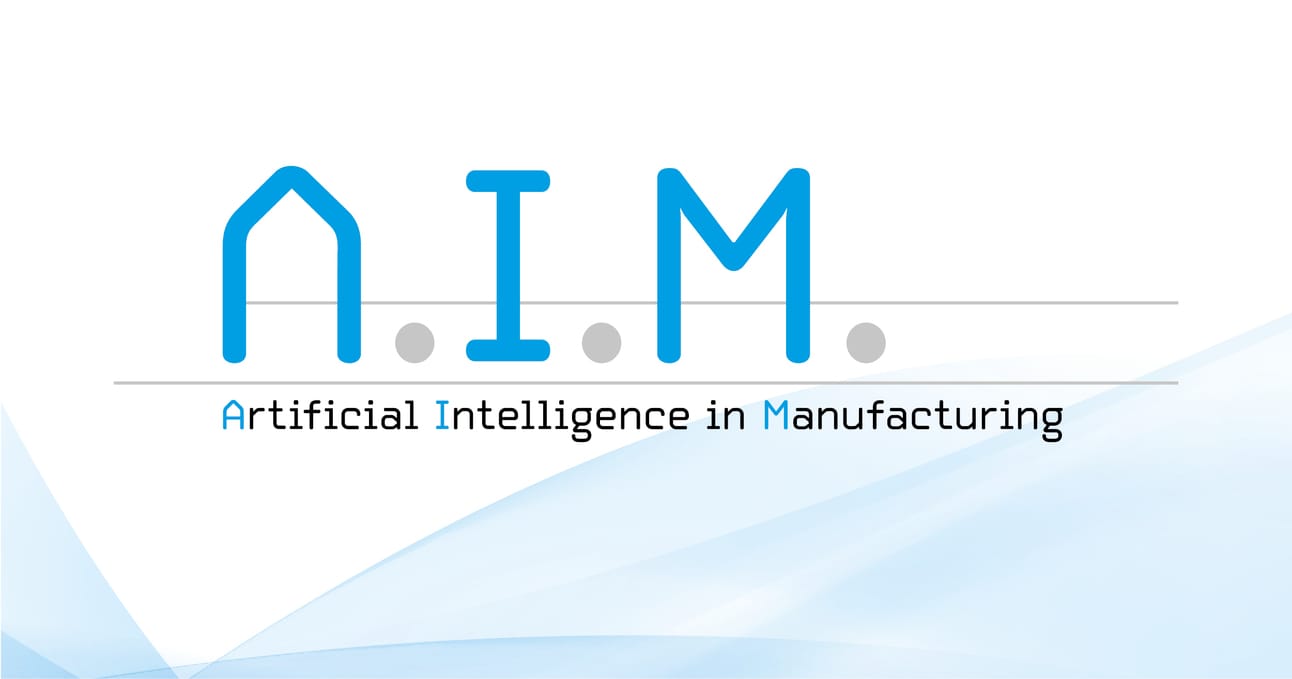- AI in Manufacturing
- Posts
- Beyond the Buzz: Are Robots Living Up to the Promise in Manufacturing?
Beyond the Buzz: Are Robots Living Up to the Promise in Manufacturing?
Plus, Top 10: global smart factories, IBM on how AI is improving chip production, how China's AI-powered humanoid robots aim to transform manufacturing, Tatra Trucks adopts Siemens’ Teamcenter to drive digital transformation, and more!


As AI continues to evolve from a promising concept into a practical industrial force, this week’s stories demonstrate just how diverse and impactful its applications are becoming – from predictive maintenance to chip design, humanoid robots to hyper-efficient smart factories. Let’s dive in…
Can your machines tell you when they're about to fail? Predictive maintenance is no longer just a buzzword. Factories are integrating AI and robotics to keep machines running longer and with fewer surprises. It’s a compelling step toward true operational resilience – and it's already happening on factory floors across the USA.
Meanwhile, one industry leader is taking the stage to show off what next-gen manufacturing looks like in practice. At Automate 2025, a major automation player unveiled tools focused on reshoring and strengthening supply chains. It’s a reminder that innovation isn’t just about speed – it’s about sovereignty too.
Robotics is also stepping into a new era – more intuitive, more collaborative. From flexible mobile platforms to self-learning arms, AI-powered robots are learning to operate side-by-side with humans more safely and efficiently than ever. But how close are we to truly autonomous systems?
Siemens is betting big on the answer. It has introduced AI agents to help machines adapt and respond in real time – bringing the intelligence of software agents into the physical world of industrial automation. Are we seeing the start of a more self-directed factory ecosystem?
But it’s not only mechanical systems getting smarter – electronics are, too. AI is reshaping how the electronics industry approaches everything from PCB design to fault detection. The question now isn’t if AI will redefine workflows – but how fast and who leads.
Some factories are already showing us what's possible. A new list ranks the world’s top smart factories – and the common thread? Seamless integration of AI, automation, and human oversight. These aren’t test beds. They’re fully functioning examples of digital-first production at scale.
Still, it's worth asking: what's hype, and what's real? A recent deep dive into robotics’ practical impact in manufacturing reveals that while some expectations are inflated, many applications are already delivering measurable results in uptime, productivity, and worker safety.
And the chip industry? It's getting an AI-assisted makeover. AI is now helping design and manufacture chips more efficiently, unlocking new levels of performance and sustainability in semiconductor production. That’s not just innovation – it’s acceleration.
Finally, across the globe, another trend is taking shape – literally. AI-powered humanoid robots are walking out of labs and into the workplace. While they’re not ready to run production lines solo, their rapid progress is hard to ignore. Are we on the cusp of a new kind of industrial coworker?
Thanks for reading – and as always, feel free to hit reply and share what you’re seeing on your side of the manufacturing world. To stay ahead of the curve in the world of AI in manufacturing, you can follow us on LinkedIn for daily updates and breaking news. In the meantime, we hope you have another amazing week!


